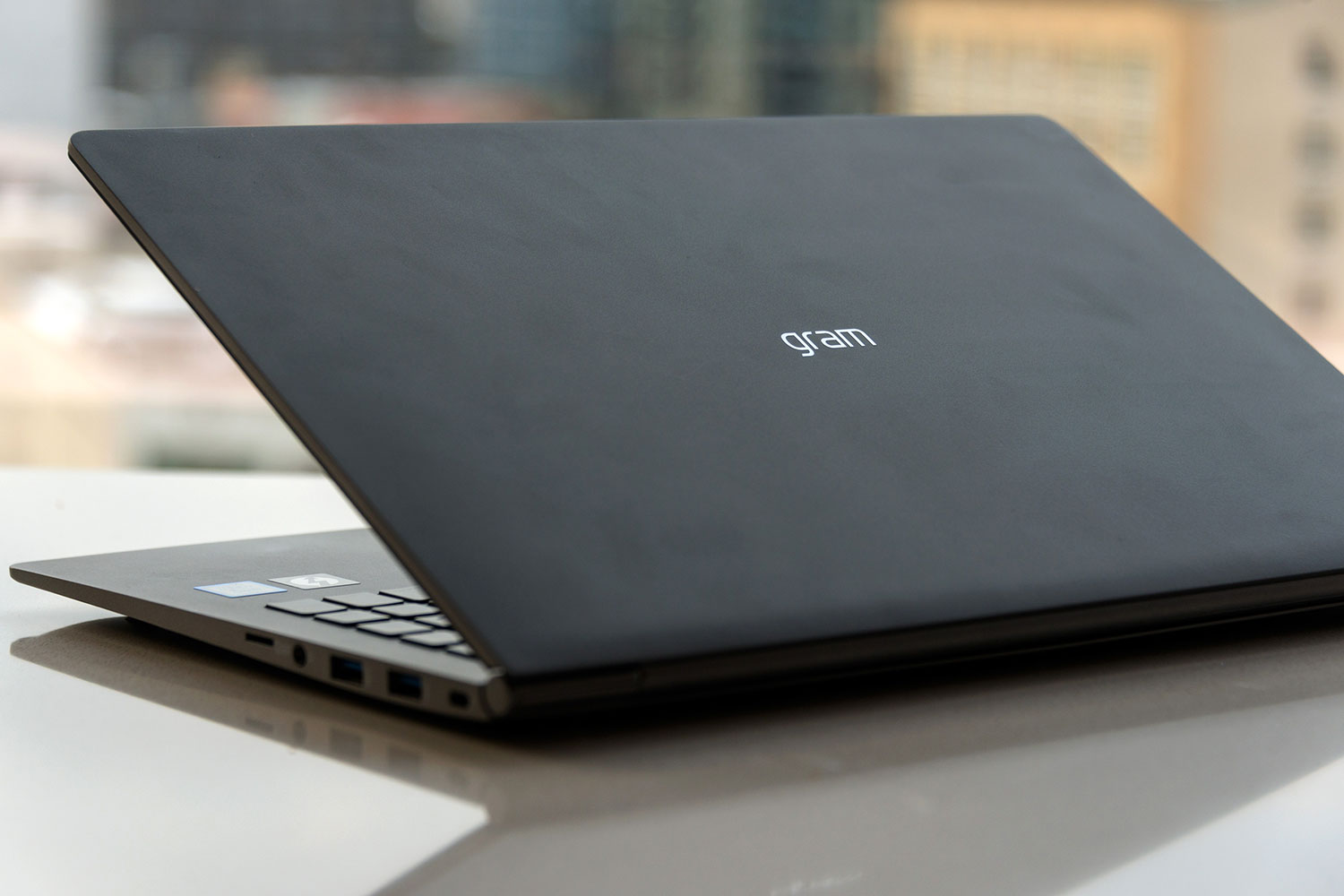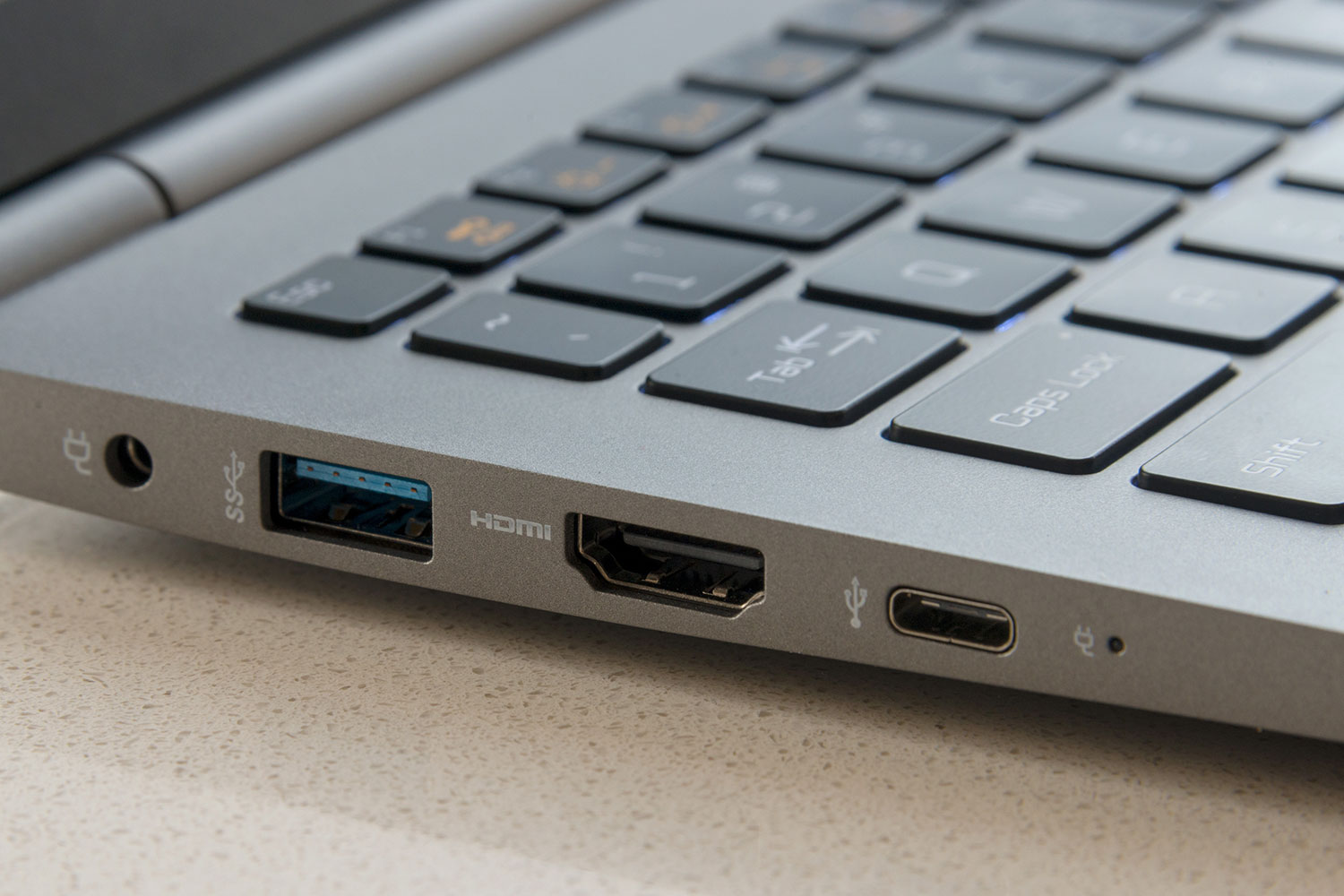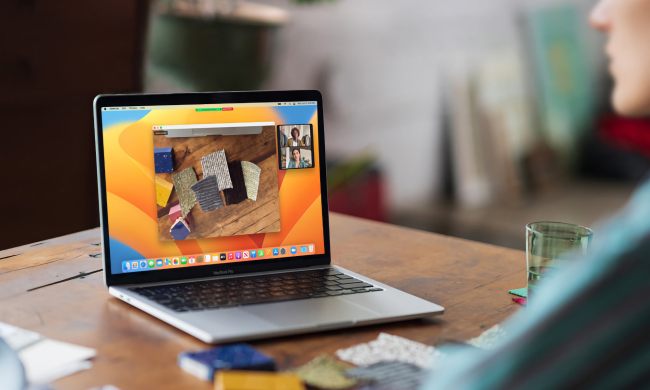Although it seems like making technology smaller and lighter is the dominant trend, some people need larger displays on their mobile PCs. That’s why the 15-inch notebook remains a robust market, which a variety of machines in all form factors — clamshells, 2-in-1s, and gaming systems — that can meet just about anybody’s requirement.
LG has taken a slightly different tack than some manufacturers, focusing on providing the thinnest and light 15-inch notebook it can muster rather than the most powerful. At the same time, Microsoft too has come up with something very different with its tear-off 2-in-1, the Surface Book 2 15. In our LG Gram vs. Microsoft Surface Book 2 15 shootout, we pit an incredibly thin but full-sized machine against the most innovate design around.
|
LG Gram |
Surface Book 2 15 |
|
| Dimensions | 14.1 x 9.0 x 0.7 (in) | 13.5 x 9.87 x 0.568-0.90 (in) |
| Weight | Starting at 2.41 pounds | 15-inch starts at 4.2 pounds |
| Keyboard | Full-size backlit keyboard | Full-size backlit keyboard |
| Processor | Up to eighth-generation Intel Core i7 | Up to eighth-generation Intel Core i7 |
| RAM | Up to 16GB | 16GB |
| Graphics | Intel UHD 620 | Intel UHD 620 Nvidia GeForce GTX 1060 |
| Display | 15.6-inch IPS Display | 15.0-inch PixelSense Display |
| Resolution | Full HD (1,920 x 1,080, 141 ppi) | 3,240 x 2,160 (260 ppi) |
| Storage | Up to 1TB PCIe SSD (512GB x 2) | Up to 1TB PCIe SSE |
| Networking | 802.11ac, Bluetooth 4.1 | 802.11ac, Bluetooth 4.1 |
| Connectivity | USB-A 3.0 (x3), USB-C 3.0 with Thunderbolt 3, HDMI, microSD card reader, 3.5mm combo jack | USB-A 3.0 (x2), USB-C 3.1, Surface Connect, SD card reader, 3.5mm combo jack, Xbox Wireless built-in |
| Webcam | 1080p webcam | 1080p webcam |
| Operating System | Windows 10 | Windows 10 |
| Battery | 72 watt-hour | 90 watt-hour |
| Price | $1,100+ | $2,500+ |
| Availability | Now (Amazon) | Now (Microsoft Store) |
| Review | 6.0 out of 10 stars | 8.0 out of 10 stars |
Design
The Surface Book 2 is the machine’s third iteration, and it hasn’t changed much in its design or appearance. It has the same silver-grey magnesium chassis with the unique fulcrum hinge, and it maintains the gap between the display and the keyboard that you’ll either overlook or hate.
In short, the iconic Surface Book design remains largely intact, at least aesthetically — and it retains its very different 2-in-1 format where the display, which contains the actual PC, tears off into a surprisingly thin tablet. It also remains a relatively thick (0.9 inches at the hinge) and heavy (starting at 4.2 pounds).
The LG Gram takes almost the opposite approach — it’s a very traditional clamshell notebook without a hint of 2-in-1 flexibility. What sets it apart from the 15-inch notebook field is its incredibly light magnesium alloy chassis that weighs a scan 2.41. That’s remarkable for a notebook with a 15.6-inch display, and it’s also thin at 0.7 inches. Maybe it’s too thin and light, because although it meets the MIL-STD 810G specification for durability, we found the lid a bit bendy.
The Surface Book 2 15 is a remarkably innovative and flexible 2-in-1, with a robust build quality and good looks. The LG Gram succeeds in its thin and light mission, but that’s not enough to take the design win.
Winner: Surface Book 2 15
Performance
The Surface Book 2 15 is based on the very speedy and surprisingly efficient eighth-generation Intel Core i7-8650U processor. That’s the fast 15-watt processor available today, and it can both ramp up for high-end productivity and scale down to sip power with less demanding tasks. But the Surface Book 2 15’s real claim to fame is its packing in an Nvidia GeForce GTX 1060 GPU, a bona fide midrange gaming graphics chip that can also churn through things like video editing.
The LG Gram also uses Intel’s latest CPU, although it’s the slightly slower Core i7-8550U. It, too, is plenty fast for standard productivity tasks. However, LG neglected to offer any kind of discrete GPU, and so its gaming and creative productivity chops are unimpressive.
The Surface Book 2 15 is the most powerful 2-in-1 around, and it challenges most other non-gaming notebooks. It wins this category by a country mile.
Winner: Surface Book 2 15
Keyboard, Mouse, and Pen
As a 2-in-1, the Surface Book 2 15 excels in offering different ways to get information into the notebook and to gain control over it. To begin with, the keyboard is excellent with copious amounts of travel and a precise feel, and the touchpad is the best example yet of Microsoft’s excellent Precision Touchpad protocol. And then there’s the Surface Pen with its 4,096 levels of pressure sensitivity, tilt support, and superfast responsiveness.
Here, the LG Gram is once again very traditional. It has a decent but not great keyboard that’s softer than we like, a bit imprecise, and surprisingly cramped. The touchpad is also good enough, but ultimately nothing special — it, too, is a bit cramped for the notebook’s overall dimensions.
Both notebooks have a touchscreen, and both support Windows 10 Hello — the LG via fingerprint reader and the Microsoft via infrared camera — and those are really the only areas where they’re equal. The Surface Book 2 15 once again takes a decisive victory.
Winner: Surface Book 2 15
Connectivity
One of the Surface Book’s major compromises has been the lack of built-in connectivity, and the Surface Book 2 15 doesn’t do much to address it. There are two USB-A 3.0 ports, a USB-C 3.1 port without Thunderbolt 3 support, a Surface Connect port, an SD card reader, and a 3.5mm combo jack. That’s it, in addition to the usual 802.11ac Wi-Fi and Bluetooth radios.
The LG Gram is a lot more reasonably connected, with solid legacy and futuristic options. There are three USB-A ports, a USB-C port with Thunderbolt 3 support, an HDMI connection, and a microSD card reader. That promises that you’ll not only be able to forego some dongles, but you’ll also be able to leverage the speedy Thunderbolt 3 standard.
Microsoft really needs to bring its Surface line completely up to speed in terms of connectivity. LG wins this round.
Winner: LG Gram
Display
We love competition, and so it would be great if LG could keep up with its recent victory. Unfortunately, we’re in the display section of this comparison, and that’s one that Microsoft’s Surface usually dominates.
That’s no different with the Surface Book 2, which offers a 15-inch display in the productivity-friendly 3:2 aspect ration and with a pin-sharp 3,240 x 2,160 (260 PPI) resolution and awesome contrast and brightness. The color gamut isn’t terribly wide, and so photo editors might want to look elsewhere, but it’s a a great display for getting other kinds of work done.
The LG Gram’s 15.6-inch Full HD (1,920 x 1,080 or 141 PPI) display isn’t nearly as sharp, meaning you’re likely to see some pixels when you’re staring at text and images. Contrast and brightness are also significantly less, although the display’s color gamut is a bit wider. It’s an okay display, but we just didn’t find it much better than average.
As usual, the Surface wins this category. The Surface Book 2 15’s display is very, very good and a real pleasure to use.
Winner: Surface Book 2 15
Portability and Battery Life
When it comes to portability, these machines are polar opposites in both good and bad ways. On the one hand, as we’ve already testified, the LG Gram is incredibly thin and light for a 15-inch notebook, at 2.41 pounds and 0.7 inches respectively. The Surface Book 2 15 is a bit chunky, at 0.90 inches at its thickets point and starting at 4.2 pounds. Clearly, LG’s machine is much easier to carry around.
The Surface Book 2, however, packs in 90 watt-hours of battery to the LG Gram’s 72 watt-hours, and Microsoft has managed to really squeeze out some efficiency. Whether you’re watching video (Microsoft’s 2-in-1 lasted more than a remarkable 20 hours doing so), browsing the web, or working hard, the Surface Book 2 15 is going to last much longer away from a charger. The only caveat is that putting that GTX 1060 to work will change the equation considerably.
Assigning a win here is a bit of a challenge. If you favor the lightest machine possible that will take up the least room in your backpack, then the LG Gram is the clear winner. However, if you want to work as long as possible without carrying around your power brick, then the Surface Book 2 15 comes out ahead. Because people are different, we’re going to split the difference and call this one a tie.
Winner: Tie
Availability and Price
The Surface Book 2 15 is unlikely to win the pricing battle unless it’s going up against Apple’s MacBook Pro. Simply put, it starts out relatively high, at $2,500 for a Core i7-8650U, 8GB of RAM, and a 256GB SSD, and goes all the way up from there. At its most expensive, it’s a stratospheric $3,300 for all of the same components plus a 1TB SSD. That’s a lot of money, and you’re paying for the innovation, the GTX 1060 GPU, and the overall flexibility.
The LG Gram is eminently more affordable. It starts out at $1,100 for a Core i5-8250U, 8GB of RAM, and 256GB SSD, and ramps up to $2,000 for a Core i7-8550U, 16GB of RAM, and two 512GB SSDs tied together for a total of 1TB of storage. That’s more affordable than the Surface Book 2 15, although it’s hard to compare the two properly, since the Gram doesn’t include things that the Surface Book 2 gets standard.
As we said, the Surface Book 2 doesn’t win many pricing battles. No surprise, it doesn’t win this one either.
Winner: LG Gram
Flexibility and performance gives Microsoft the victory
The LG Gram is very good at what it sets out to do, that is to provide a highly portable 15-inch notebook with solid productivity performance. It’s a bit expensive for what it brings to the table, but not so much so that we’re put off by its pricing.
The Surface Book 2 15, on the other hand, is a stunning example of innovative design, solid build quality, and excellent performance. It can do more than the LG Gram, acting as not only a solid 15-inch notebook but also letting you tear off the display and use it as a surprisingly light tablet for writing and drawing. It’s also very fast with its legit GPU, and can churn through both moderate gaming and creativity tasks.
We’re going to give Microsoft the win here, although be prepared to pay for the privilege of owning your own Surface Book 2 15. It’s not inexpensive, but if you have the money, we’d recommend no other 15-inch notebook.







